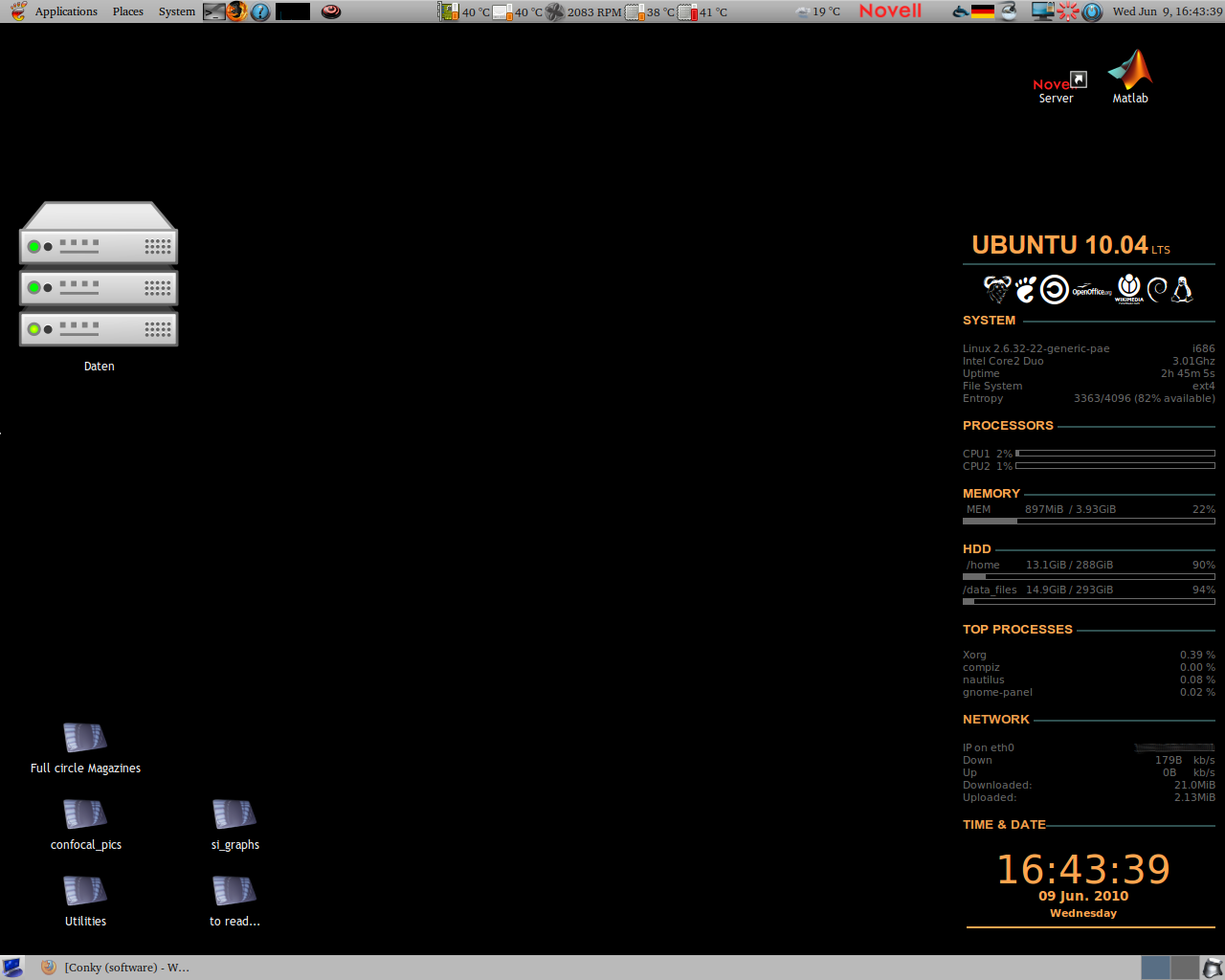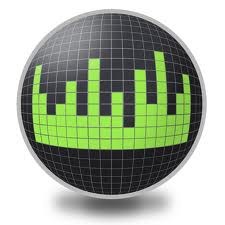 In a former article we have saw how to use a terminal to check the status of a process or the resources of our machine, but sometimes (on desktop usually) it can be handy to have all the information in a corner of our screen.
In a former article we have saw how to use a terminal to check the status of a process or the resources of our machine, but sometimes (on desktop usually) it can be handy to have all the information in a corner of our screen.
With Linux this is possible and today we’ll see 2 system monitor tools: Conky and Gkrellm.
In general a system monitor is a hardware- or software- based system used to monitor resources and performance in a computer system.
Software monitors occur more commonly, sometimes as a part of a widget engine. These monitoring systems are often used to keep track of system resources, such as CPU usage and frequency , or the amount of free RAM. They are also used to display items such as free space on one or more hard drives, the temperature of the CPU and other important components, and networking information including the system IP address and current rates of upload and download. Other possible displays may include the date and time, system uptime, computer name, username, hard drive S.M.A.R.T data, fan speeds, and the voltages being provided by the power supply. Continue reading »

 One thing I found very interesting about Linux is the ability to have a whole series of classic games already present on your distribution, and therefore easy to install.
One thing I found very interesting about Linux is the ability to have a whole series of classic games already present on your distribution, and therefore easy to install.



